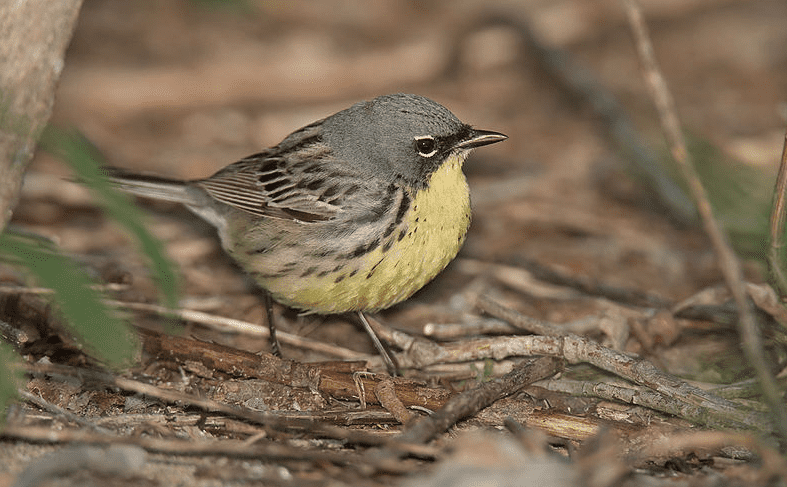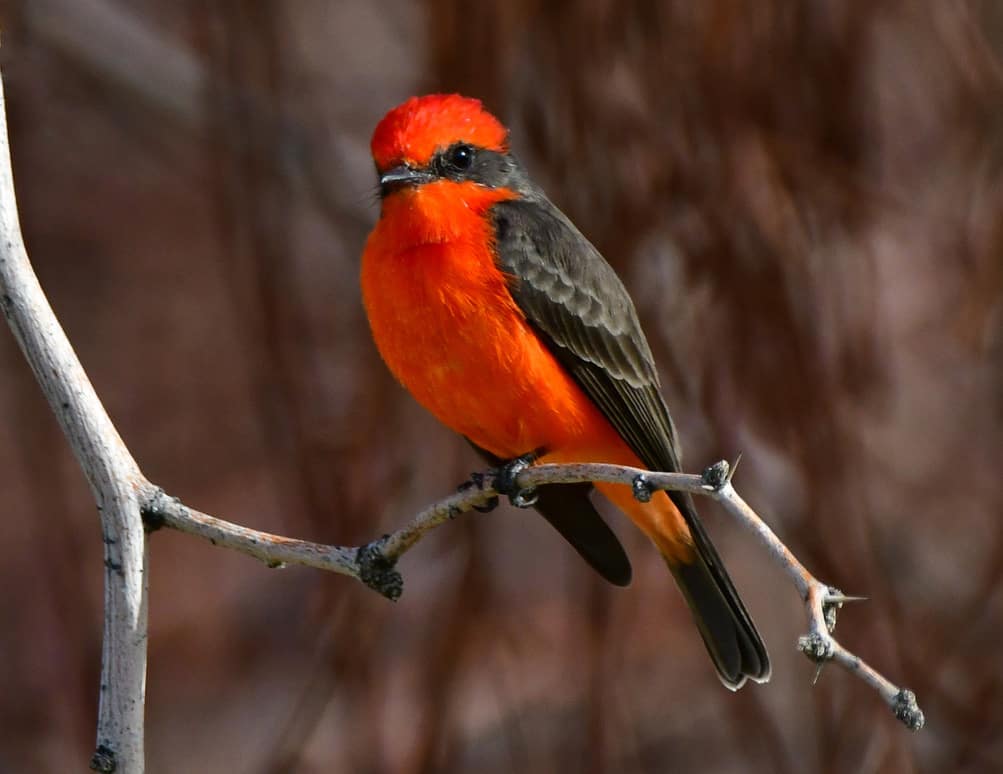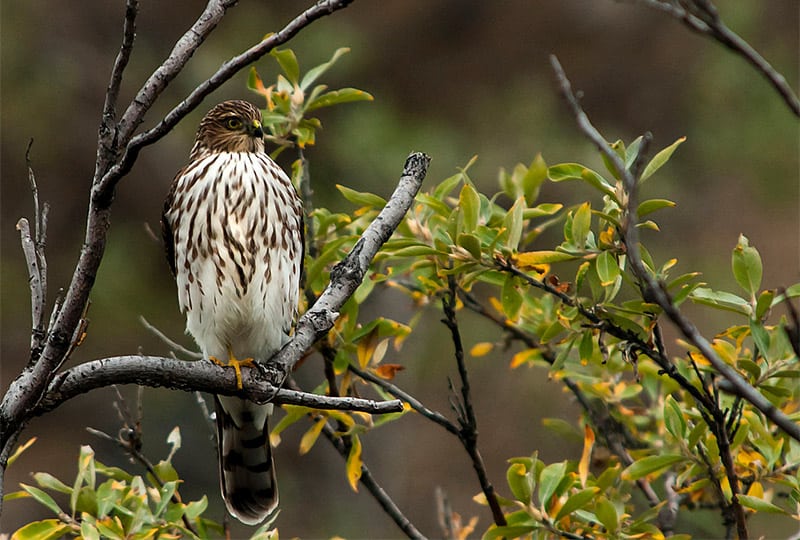Winter Birds of Michigan (December, January, February)
In the Upper Peninsula winter has settled in by December, but in southern portions of the state there is still some southbound movement of Michigan winter birds. Late migrating songbirds, including American pipits, horned larks, Lapland longspurs, and snow buntings, continue to move through, while on the Great Lakes, large numbers of waterfowl may be present until they get frozen out and have to move farther south. Spectacular rafts of canvasback and both greater and lesser scaup can be seen at this time, as well as thousands of common mergansers. Most red-breasted mergansers have moved out before the onset of winter.
Glaucous gulls from the north and great black-backed gulls from the east are still moving into and through the state, as well as a few straggling Bonaparte’s gulls. In some years, irruptions of “winter finches” do not begin until late in the season, sometimes with birds not reaching the southern Lower Peninsula until late December or even early January. Northern harriers, rough-legged hawks, and a few red-tailed hawks may migrate throughout the month.
By the end of December winter resident passerines are mostly settled in, with a very few late lingering migrant sparrows. Many dark-eyed juncos and American tree sparrows will take up residence near bird feeders throughout the state, along with good numbers of American goldfinches and the typical resident species. Don’t be surprised if a winter resident sharp-shinned or Cooper’s hawk occasionally takes advantage of your bird feeders as well, generally preying on the weaker individuals.
January is truly the middle of winter in Michigan, often with the coldest temperatures of the season and plenty of snow, with the Great Lakes freezing almost entirely in colder years. Wintering gulls, including rarer northern species such as glaucous, Iceland, and Thayer’s Gulls, move inland to smaller, often frozen lakes, and landfills. Waterfowl are concentrated into smaller areas of open water with common mergansers, diving ducks, and sea ducks predominating. Most dabbling ducks have out of the state by December. In modest irruption years, “winter finches” and northern owls may not arrive until mid-month. This is a good time to make a trip to the Upper Peninsula to look for these species, as well as boreal species including gray jay and boreal chickadee.
February often continues cold and snowy, with gulls and wintering waterfowl still dominating the birding scene. The last half of the month typically sees the initiation of the breeding season for great horned owl, mourning dove, and gray jay. The first migrants returning north are found near the end of the month, including northern harrier, horned lark and male red-winged blackbirds. If the thaw is early, greater numbers of diving ducks, and a few dabbling ducks, move into the Great Lakes. Northern finches and owls, when present in irruption years, will remain through the month, especially in the Upper Peninsula.
As the new year begins, Michigan bird watchers eagerly anticipate the first signs of spring migration among our birds, and the seasonal cycle begins once more.




